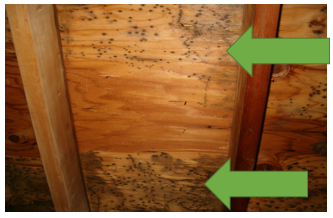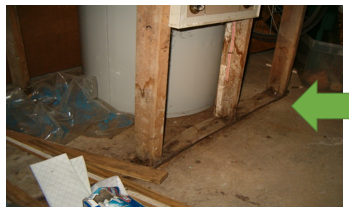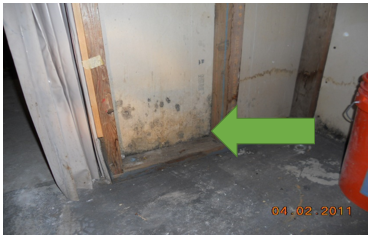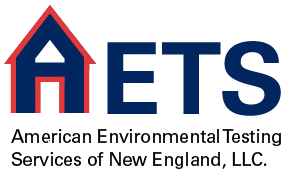Mold & Indoor Air Quality Inspections
AETS inspectors are trained and certified to perform a variety of indoor air quality investigations, including mold assessments, moisture assessments and post cleaning verifications
A good Indoor Air Quality investigation starts with a plan: When you call to discuss the issue to be investigated, we will ask you several questions, such as: Was there a specific water event or leak? Did a home inspector identify what appeared to be mold? Is there an odor or smell? Where and when is it most apparent? The answers to these and other questions help during a walk-through inspection. Based on the information gathered through questions and the walk through, we will take some indicator measurements, such as moisture content, relative humidity and photographic evidence. Lastly, we may take diagnostic measurements, such as air samples or tape lifts to determine the nature and extent of the suspected growth. We then report our findings in to you listing our observations, data and conclusions to provide you with a clear picture of the problem to be solved.

Mold Growth on Attic Sheathing

Stained / Warped Boards

Moisture Readings on Components

Mold on Sheetrock
Any amount of mold can be dangerous. No two individuals are affected by mold in the exact same way. We can determine what the source is and suggest remedies for correcting it. Next, we help identify remediation strategies based on the components affected and extent of the damage. If professional remediation contractors are hired to correct the problem and clean the affected areas, we can do independent Post Remediation Verification to ensure the job was done properly.

Before

After
Some indoor air quality issues are NOT mold problems, but may be allergens, gasses, insects, chemicals stored improperly or any number of sources. We are trained to identify these as well.
Mold FAQS
First – you should obtain a mold inspection or moisture assessement to determine the extent of the moisture problem or the amount of mold and its location.
We can help determine the extent of the problem and suggest possible remedies.
Molds require three things to survive: a food source, such as building materials, moisture from an event or chronic condition and air. Most molds also have an optimal temperature requirement to grow.
Anywhere there is moisture, condensation or poor ventilation, usually in basements, attics, kitchens and crawl spaces.
Any water event must first be stopped, then the area and components dried out as soon as possible: 24-48 hours.
Yes, the more photos (with date stamp) the better, especially if you will be submitting an insurance claim. Call your insurance agent promptly and know what your policy covers.
Mold needs moisture and other favorable conditions to grow. Without correcting any moisture problem, mold will simply return after it is removed. Assessing water, moisture or poor ventilation issues must be a part of any comprehensive mold inspection. We can help.

